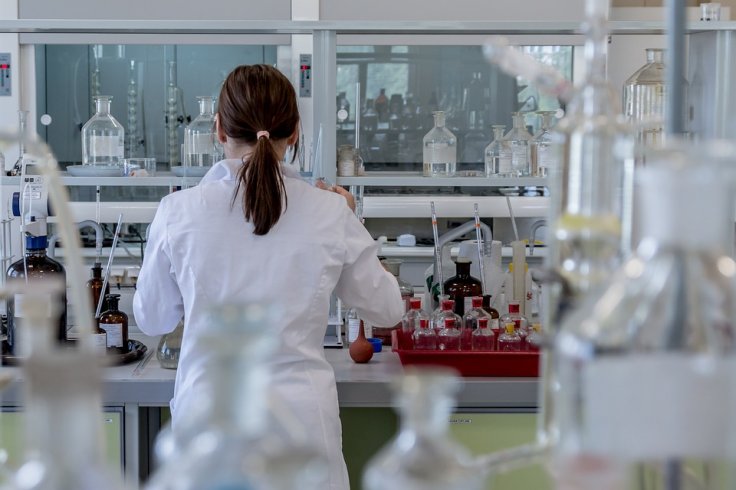The scientists at the National Nuclear Research University MEPhl (NRNU MEPhl) have made a highly sensitive sensor that will be able to detect any virus in the air, even at the lowest concentration. The device is many times more compact and accurate than its analogs that makes it the optimal tool for carrying out the express diagnostics in crowded places, the press service of the university mentioned.
During the trials, the Trigger-BIO detector showed a record level of sensitivity, it identified a pathogen in the air at a concentration of only 10-20 particles per liter in one to two seconds. As per the researchers, the highly precise device separates pollutants and also identifies the biogenic aerosols of any type, which include viruses, bacteria, and bacterial toxins.
The scientists think that it will help in the continuous screening of transport and crowded places. "The device detects and identifies biopathogens through analyzing the fluorescence of tryptophan and nicotinamide adeninucleotide, the two main bioaerosol fluorophores. The detector carries out the sample's spectral analysis, pumping air through the sample flow path and exciting it with the LED radiation at wavelengths of 280 and 365 nm," Gennady Kotkovskiy, an associate professor at the Institute of Nanoengineering in Electronics, Spintronics and Photonics at NRNU MEPhI, said as reported by Sputnik.
Device Can Detect Viruses in Air

The speed of air sample flow is 27 liters per minute. As per the scientists, the airflow's speed and volume makes it possible for recording fluorescence signals from each bioaerosol particle coming in the focus of the exciting radiation. "The analysis is carried out in three spectral ranges, as well as in the light-scattering channel, which allows isolating inorganic impurities. In the photon counting mode, correlation analysis generates a signal from each irradiated particle, which is compared with pathogen samples in the device's memory," Gennady Kotkovskiy stated.
As per the scientists, the device uses two excitation sources at the same time, decreasing the detection threshold and help in rising the accuracy of identification. A single photon-counting process has been used inside a device of this type in Russia. As per the scientists, this gives rise to the sensitivity of the device at least 10-fold.
The scientists said that the device is more compact and lighter than existing analogs weighing only five kilograms when powered from the mains. The device was made under a contract with the Russian Ministry of Health, its testing was carried out at the Gamaleya Research Institute of Epidemiology and Microbiology.
In the current world scenario, this device can turn out to be very important for tackling the novel coronavirus. As many experts have claimed that the coronavirus is airborne and the WHO also stated that there are possibilities of airborne transmission of the virus, this device can help in tackling the virus cases by detecting the presence of the virus in the air in crowded places. It can be used in transports also for screening purposes.








